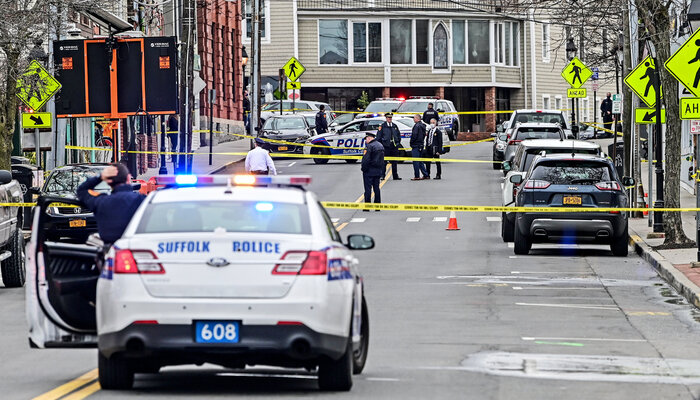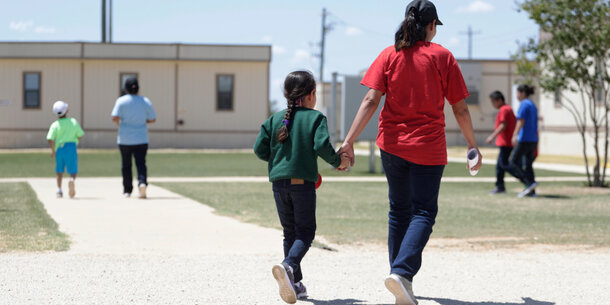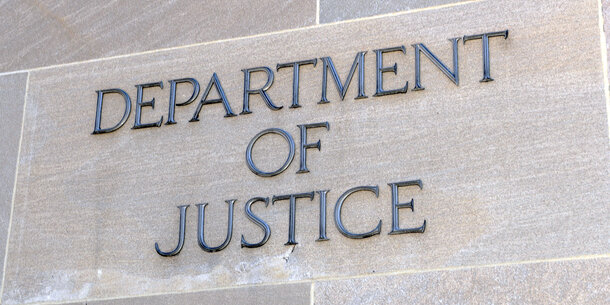After two weeks marred by numerous mass shootings, the air rings again with calls for gun reform in the United States. These calls, though, differ from past calls for reform: we have today a president and Congress inclined to act.
On April 8, President Biden issued a series of executive orders tightening restrictions on untraceable “ghost guns,” publishing a model for state red flag legislation, directing the Justice Department to study and report on gun trafficking, and ordering 26 programs to leverage existing grants to combat community violence.
Biden’s responses to these recent mass shootings are, to be sure, laudable. But they do not go far enough. While restricting access to guns will save lives, the president and Congress must home in on the circumstances that breed crime and violence — insufficient economic opportunity and lacking social mobility — to truly tackle the epidemic of gun violence ravaging this country. It has gotten even worse during the pandemic, triggering an increased police response.
The United States reports the 28th highest rate of gun deaths in the world, with an average of 39 people shot and killed by another person daily. Most of these homicides are instances of daily gun violence, not mass shootings which make up less than 1 percent of all U.S. gun deaths. Black Americans make up the largest share of those killed by guns, suffering nearly 10 times more gun homicides and 15 times more gun assaults than white Americans. This disproportionate impact cannot be divorced from institutional racism: studies have found that segregation, gender hierarchy, disinvestment, and poverty all increase the risk of homicide victimization for Black people.
How to confront daily gun violence differs from how to confront mass shootings. Many mass shootings could have been prevented by commonsense gun reforms, such as background checks, mandatory waiting periods, assault weapons bans, age limits, and red flag laws. In Charleston, South Carolina, for instance, the shooter received his gun without completing a background check due to the “Charleston Loophole.” In Atlanta, to take another example, the shooter purchased his gun on the same day he committed the shootings. And in Parkland, Florida, the shooter bought an AR-15 at 18-years-old despite multiple police reports about his troubling behavior.
Such straightforward policies, however, are powerless to stem the tide of daily gun violence. When a person obtains a firearm illegally, waiting periods cannot prevent shootings, nor can background checks guarantee the legality of future behavior. And assault weapons bans cannot prevent the thousands of homicides by handgun.
Previous federal attempts to confront daily gun violence have relied heavily on the criminal legal system, and all have failed to significantly decrease gun homicides. In 2020, President Trump launched Operation Legend, a nine-city law enforcement initiative to address violent crime, resulting in over 2,000 arrests within its first two months. In 2016, President Obama issued executive orders calling on state attorneys general to focus on prosecuting gun trafficking and violent offenders of gun crimes.
These attempts to address daily gun violence erred by depending on a racist and otherwise biased criminal legal system to address a problem that is perpetuated by inequality. Gun violence and mass incarceration are both propagated and reinforced by policies that punish lower income communities of color. In other words, the solution to one problem cannot be achieved by exacerbating the other.
Instead, reforms should prioritize addressing the root causes of gun violence in addition to limiting access to firearms through common sense reforms. The World Health Organization and the John Jay College of Criminal Justice both released similar recommendations to reduce violence without reliance on incarceration. Among the notable proposals are changing cultural and social norms around violence and promoting prosocial bonds. They also include identifying and supporting victims with the aim of preventing reoccurring violence, mitigating financial stress, and engaging youth.
Biden’s recent executive orders take steps to address some of these recommendations by directing federal agencies to leverage existing grants for community violence intervention programs. This funding will support restorative, community-oriented programs like group violence intervention and hospital-based intervention — strategies that develop anti-violence norms among peers by identifying individuals at high risk for committing gun crimes and connecting potential offenders with social services.
However, the funding from Biden’s executive orders is just a drop in the bucket compared to what is needed to significantly reduce daily gun violence. To adequately support community violence intervention, Congress must pass the American Jobs Plan which allocates $5 billion over eight years to community violence prevention programs and billions more to improving schools, expanding access to higher education, making homeownership more affordable, providing job training to young people, and promoting equitable infrastructure development.
If Congress wants to reduce gun homicides, it must address economic inequality and pass the American Jobs Plan with full funding. Furthermore, Congress should consider investing in neighborhood greening and cleaning initiatives, substance use treatment, co-responder models to minimize police interactions, and targeted welfare programs to reduce poverty.
Incorporating economic justice into violence prevention policy is a necessary step, and legislators should be cognizant of the preventative potential of policies like the American Jobs Plan. Gun violence is a distinctively American crisis, and the costs of pursuing incremental, limited-scope reforms are simply too great.



